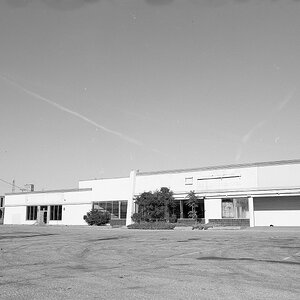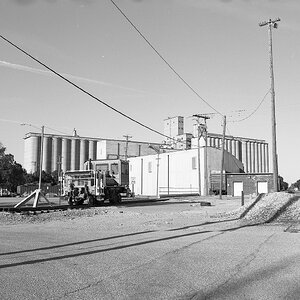- Joined
- Apr 9, 2009
- Messages
- 41,401
- Reaction score
- 5,706
- Location
- Iowa
- Website
- kharrodphotography.blogspot.com
- Can others edit my Photos
- Photos OK to edit
And here is the knuckleball:
Not all electronic displays are the same display technology.
Most of us that edit photographs using a color managed workflow use an IPS-C type display that has very broad color accurate viewing angles.
Most of average computer/laptop user has a TN type display that has severely limited accurate color viewing angles.
If the ambient light falling on a calibrated display has changed since it's last calibration, it's no longer a calibrated display.
Not all electronic displays are the same display technology.
Most of us that edit photographs using a color managed workflow use an IPS-C type display that has very broad color accurate viewing angles.
Most of average computer/laptop user has a TN type display that has severely limited accurate color viewing angles.
If the ambient light falling on a calibrated display has changed since it's last calibration, it's no longer a calibrated display.





![[No title]](/data/xfmg/thumbnail/42/42468-f720ff996eb9cc6554c0019901223156.jpg?1619740193)




![[No title]](/data/xfmg/thumbnail/38/38263-ad5e4c9e677626ddb5b1e7cdf9ebe40e.jpg?1619738548)
![[No title]](/data/xfmg/thumbnail/33/33028-42917987307dfd2eb37ddccec6dcb655.jpg?1619735842)
![[No title]](/data/xfmg/thumbnail/30/30861-fee88082ba36d0c3b443492fe3f3f1cd.jpg?1619734481)

![[No title]](/data/xfmg/thumbnail/30/30858-42113a4c092a5983afa30e5c35cce4d0.jpg?1619734478)